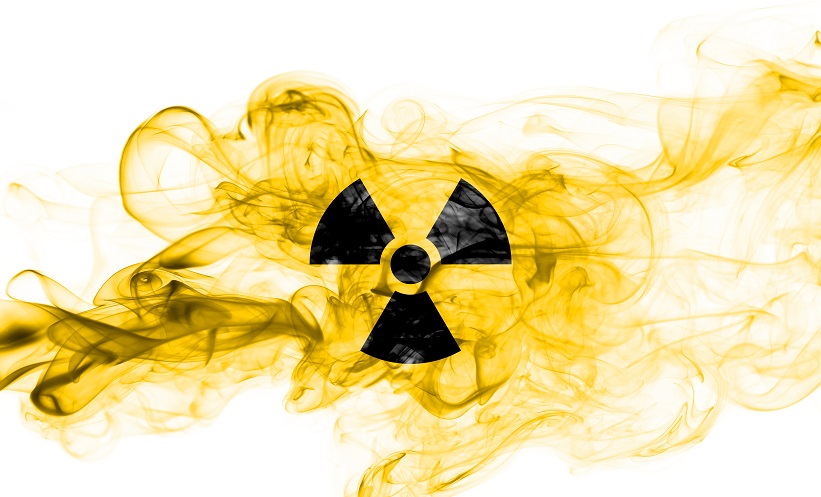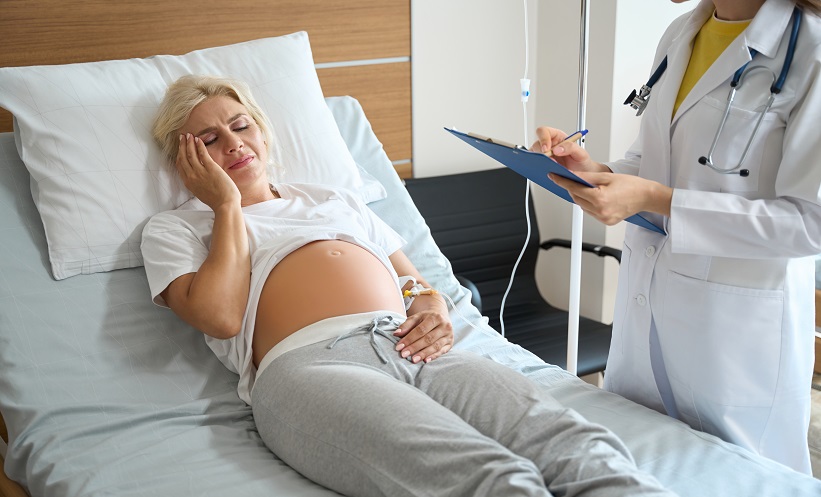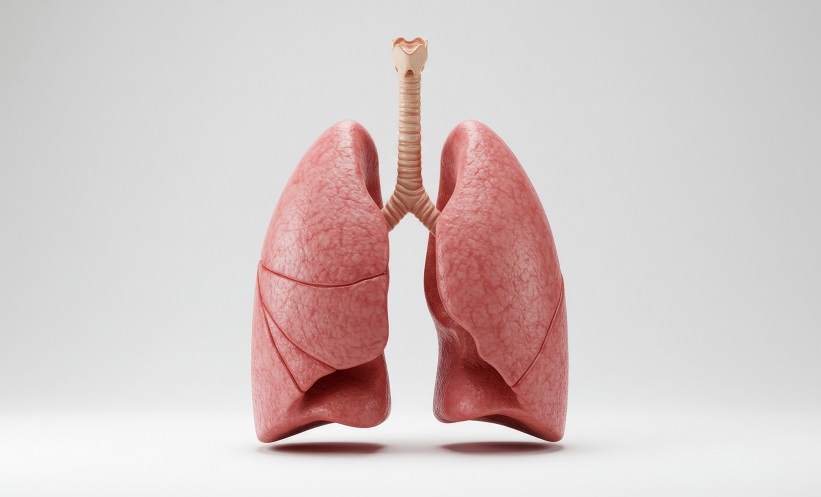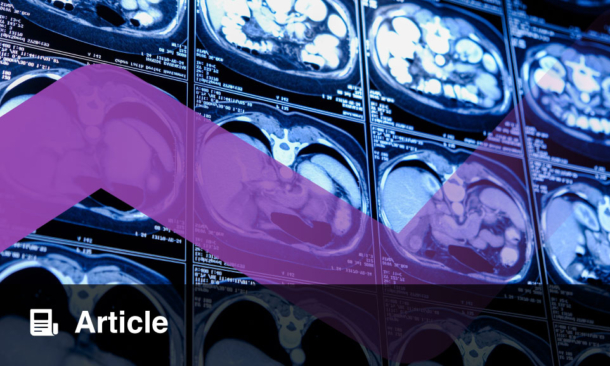ACCURATE bone mineral density (BMD) assessment is vital for diagnosing osteoporosis and informing treatment decisions, yet conventional quantitative CT (QCT) methods come with the drawback of high radiation exposure. As longitudinal monitoring becomes more common, especially in older adults at risk of osteoporosis, there is an increasing need for safer imaging alternatives. A recent study explored whether a novel ultra-low-dose CT (ULD-CT) protocol, optimised using dual-parameter settings, could offer a significant reduction in radiation dose while maintaining diagnostic accuracy for lumbar spine BMD assessment. A key finding is that the new protocol achieved a 92.5% reduction in radiation exposure compared to standard-dose CT (SD-CT), without compromising clinical performance.
In the prospective study involving 245 patients undergoing lumbar spine surgery, each participant received both a standard-dose CT (120kV/250mAs) and an ultra-low-dose CT (100kV/30mAs) scan. The research compared radiation dose metrics (CT dose index volume (CTDIvol), dose–length product (DLP), and effective dose (ED)) alongside image quality, which was assessed both objectively (image noise, signal-to-noise ratio [SNR], and contrast-to-noise ratio [CNR]) and subjectively, using a five-point Likert scale. Volumetric BMD was calculated through QCT, and results were categorised according to American College of Radiology standards. Diagnostic performance was evaluated using sensitivity, specificity, and receiver operating characteristic (ROC) analysis.
The ULD-CT protocol yielded a dramatic dose reduction, with mean ED falling from 11.68 mSv in SD-CT to 0.88 mSv in ULD-CT (p<0.001). Although SD-CT retained superior image quality on both objective (p=0.001–0.01) and subjective (p<0.001) measures, ULD-CT maintained acceptable diagnostic quality, with Likert scores ≥3 and good interobserver agreement (ICC=0.73). Minor overestimations in BMD were noted in ULD-CT, but these showed no significant variation by age, gender, or osteoporosis status (p>0.05). Diagnostic performance remained high, with AUCs ranging from 0.986 to 0.996, sensitivity from 94.74% to 100%, and specificity from 95.74% to 98.01%.
This study demonstrates that the dual-parameter ULD-CT protocol provides a clinically robust and significantly safer option for BMD assessment, supporting its integration into routine practice, particularly for patients requiring serial imaging. Limitations include the use of a single CT system and a surgical patient cohort, which may affect generalisability. Further validation in broader populations is warranted, but findings offer a promising step towards reducing radiation risk in osteoporosis monitoring.
Reference
Zhang M et al. Ultra-low-dose Quantitative CT for Lumbar Bone Mineral Density Assessment: A Prospective Validation of Radiation Reduction and Diagnostic Accuracy. 2025;DOI: 10.1016/j.acra.2025.05.018.








